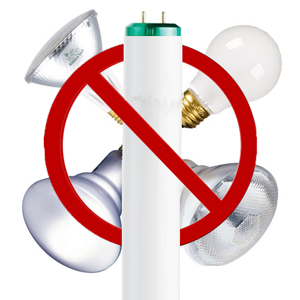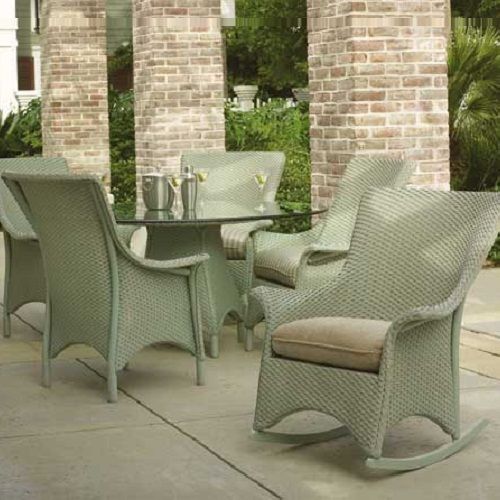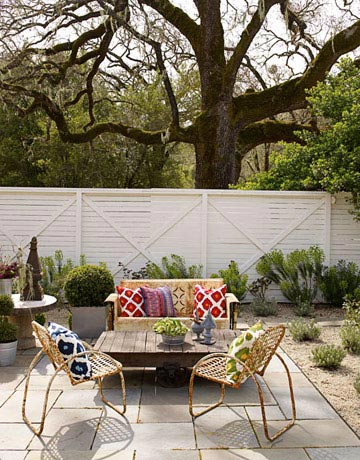Seems like there’s great confusion about the changes in regulations about lightbulbs. Let’s sort it out! Here are my guidelines for my clients as a Seattle and Bellevue interior designer. Consumers are you confused by media coverage or by misleading information?

Image courtesy synergylightingusa.com
Joseph A. Ray-Barreau, architect and lighting designer, professor at the University of Kentucky and education consultant for the American Lighting Association, led an educational webinar in May, focusing on “20 Customer Questions About Today’s New Light Sources Every Showroom Needs to Answer.”
Some of his Q & A’s:
Q: Is the government banning incandescent lightbulbs?
A: “I want to be every emphatic with this, the answer is no. … However, there is no doubt, in fact, a lot of confusion about what exactly is happening,” he said.
What is being banned, at the start of 2012, are general-use, 100-watt incandescent lightbulbs. Similar restrictions go into place for 75-watt bulbs (2013) and 60- and 40-watt bulbs (2014).
“There are dozens of incandescent bulbs that are not even being addressed in this legislation,” he said. Twenty-two categories are exempted, including candelabra-base and three-way incandescents.
Q: If the incandescent bulb is not being banned, why is the government regulating them?
A: The 2007 Energy Independence and Security Act was written to help improve American energy independence and boost product efficiency. EISA sets new efficiency standards for many common lightbulbs, resulting in a 25% to 30% improvement in energy efficiency.
Manufacturers are introducing much more advanced lightbulbs, including halogen lightbulbs, compact fluorescents and LEDs, many of which already meet the initial standards.
Q: Which lightbulbs will replace the 100-watt general service lightbulb?
A: After Jan. 1, 2012, any bulb that uses 100 watts to produce a certain amount of light, can only use 72 watts to produce approximately the same amount of light. “The halogen A19 light is what’s going to be replacing the standard incandescent,” he said “That bulb is a 72-watt incandescent, it just happens to have halogen technology to it.” The other option to get the same amount of light is the 26-watt CFL that is already available in the marketplace.
“It is the responsibility of lighting showrooms to become much more technologically savvy and use this terminology with our customers,” he said. “They are reading about this stuff, they are coming in asking about questions, and you need to be able to understand or explain what the differences are between lumens and wattage.”
Q: Which light bulbs will replace the 75, 60 and 40-watt general service bulbs?
A: CFLs or reduced-wattage halogen bulbs (that use 25% to 30% less electricity).
Q: What about other types of incandescent bulbs such as floods or spots? Are those being banned?
A: In the 2007 law, reflector lightbulbs are not impacted.
Q: What is a halogen lightbulb?
A: A smaller halogen bulb is placed inside a glass bulb that looks like a traditional lightbulb. The outer bulb is there to help protect the inner bulb and to provide “some sense of normalcy,” because it retains the familiar shape. Halogen is fully dimmable and is available in clear or soft white. The technology has been around for more than 40 years.
Q: Does halogen produce the same type of light as an incandescent? And how long will halogen bulbs last compared to incandescents?
A: “The reality is that the only primary difference between a halogen and an incandescent is that the halogen actually burns a little bit hotter. Halogen … does create a slightly whiter light. But what’s fascinating about halogen is that by using a dimmer, you can change the quality of that light and make it warmer just by dimming it a small amount.”
Incandescents last 750 to 2,000 hours. Halogens last about 1,000 hours, “so they are more energy-efficient, but the life expectancy is not something that we should necessarily promote,” Ray-Barreau said, though he added that using a dimmer can also dramatically increase the life of a bulb.
Q: Which CFL bulb should be used to replace the 100-watt incandescent bulb?
A: The 26-watt CFL most closely matches the light output of a 100-watt standard bulb. A CFL is approximately four times more efficient, so as a general rule, divide the standard wattage by 4 to determine which CFL is correct.
Q: Which CFL color should I use?
A: The key to this is understanding color temperatures. When using a CFL, there are basically two options: 2,700K or 5,000K. “If you want to match the color of an incandescent, you want to be close to 2,700K.”
Q: Isn’t the light that CFL bulbs produce ugly and make colors appear weird?
A: The Color-Rendering Index helps answer this question. Incandescents always have a CRI of around 100; “a CRI of more than 80 should always be our goal” when it comes to CFLs. “The higher the number, the better the colors appear under that light.”
Q: Aren’t CFL bulbs dangerous because they contain mercury?
A: Flourescent lighting has been used in offices and schools since 1930s. All fluorescents contain a small amount of mercury - less than the tip of a pencil. “There is no evidence from any research that has been done, that the small amount of mercury in a modern fluorescent bulb is harmful to humans or the environment, within certain limits. There is no intrinsic danger in using fluorescent bulbs within our homes.”
There are also now low-mercury CFLs available in the marketplace to help assuage consumer concerns, he said. He also recommended visiting Energystar.gov for more information about the use of mercury in bulbs.
Q: If I use CFL bulbs, what do I do when they burn out? Is it OK to put them in the trash? Do I need to use an official recycling center?
A: Bulbs used in commercial applications cannot be put in the trash - they must be taken to an official recycling center. In a few states, it is now required that bulbs used in a household must be disposed of properly. Lamprecycle.org has a complete guide of recycling centers and guidelines for each state. Also, as a sidenote, LEDs and halogen bulbs do not contain mercury.
Q: Are there LED bulbs that can replace the 100-watt incandescent bulb?
A: During the recent Lightfair show in Philadelphia, a manufacturer introduced an LED bulb meant as a direct replacement for the 100-watt bulb, with a retail price of $50.
“It is not a practical solution at this day to use LEDs as a direct replacement,” he said. “I’m predicting from what I’m seeing in the market, that that will come within the next year or two.”
Q: What are the best applications for using LED bulbs in May 2011?
A: Chandelier bulbs, because LED technology at lower wattage has been easier to produce.
Q: How does an LED bulb work?
A: LEDs are light-emitting diodes and are very small light sources that are used in groups (or arrays in industry-speak) that are illuminated by the movement of electrons through a semiconductor material. An LED does not have a filament, electrodes or mercury inside.
Q: What’s the quality of light produced by an LED bulb?
A: LEDs are available in different color temperatures and with different CRIs, just as the CFLs are.
Q: Is it possible to dim an LED bulb?
A: Yes, just as CFLs can be dimmed to an extent, but each manufacturer has different recommended dimmers.
We’re here to help you as you renovate and remodel. Request a consultation today.

Tags: Faith Sheridan Design Group, interior designer Bellevue WA, interior designer Seattle WA, light bulb confusion, new rules for light bulbs
Posted in Ideas and Inspirations | No Comments »








